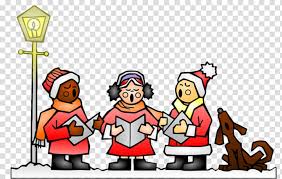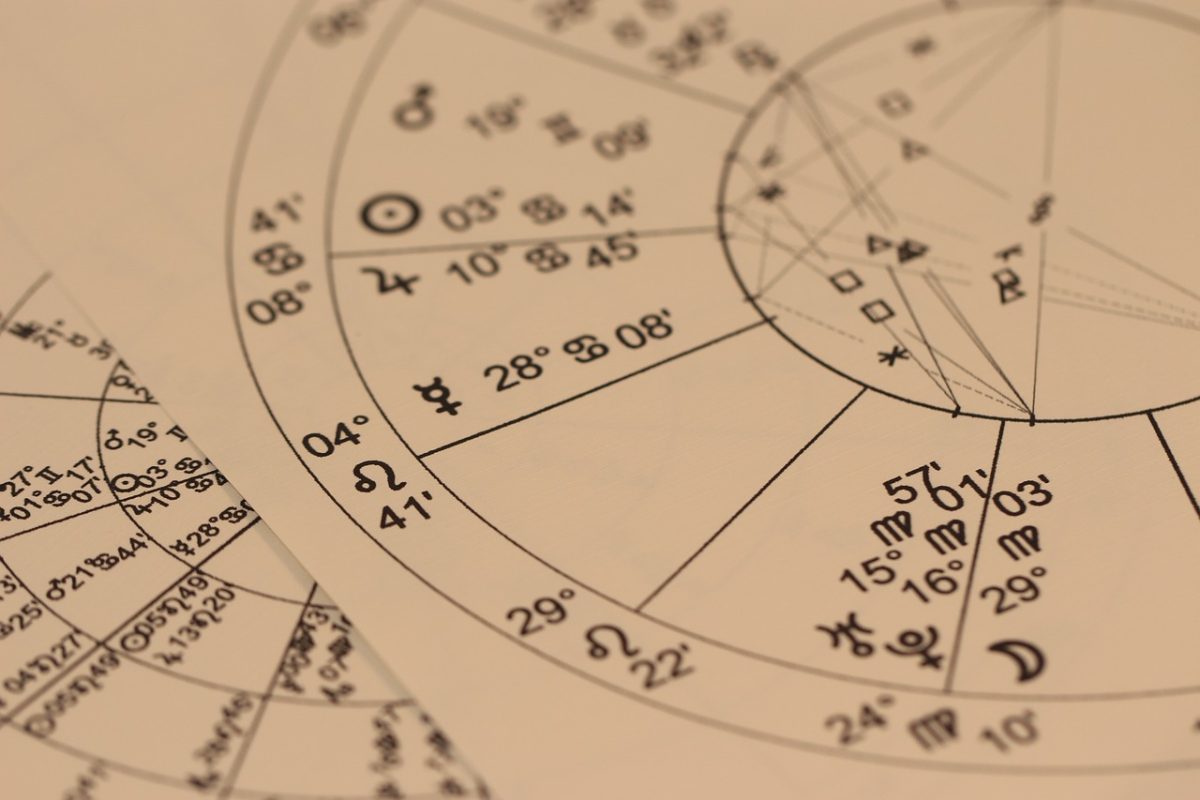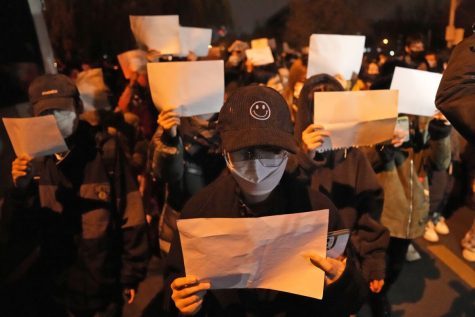A History Of New Years
January 26, 2022
Did you know New Years was not always celebrated on January 1st? Where did we get the idea of “resolutions”? How many people actually go through with their resolutions? Keep reading to find out.
New Years was first celebrated by the Babylonians. For them, the New Year was the first moon following the vernal equinox, which was a day in late March. “In Egypt, for instance, the year began with the annual flooding of the Nile, which coincided with the rising of the star Sirius. The first day of the Chinese new year, meanwhile, occurred with the second new moon after the winter solstice.” Many different parts of the world celebrate New Year’s in different ways and at different times depending on their culture.
Did you know that in order to realign the Roman calendar with the sun, Julius Caesar had to add 90 extra days to the year 46 B.C. when he introduced his new Julian calendar?
“As part of his reform, Caesar instituted January 1 as the first day of the year.” January was named after the Roman god, Janus who was “the Roman god of beginnings, whose two faces allowed him to look back into the past and forward into the future.”
Some Christian leaders “temporarily replaced January 1 as the first of the year with days carrying more religious significance, such as December 25.” However, in 1582, Pope Gregory XIII made January 1st New Years Day.
Resolutions
Resolutions date back as early as the 17th century. People would break them and use those as excuses for next year, similar to today.
Based on the 2019 statistics, 57% of people did not make a resolution for the year 2019. 8% failed to keep any of their resolutions.
The majority of resolution topics consisted of: exercise more (59%), eat healthier (54%), save money (51%), and lose weight (48%).
When did Resolutions start?
They can be dated back to the 17th century but were very common in the 19th century.
New Year’s Fun Facts:
- Many people ring in New Year’s by popping open a bottle of champagne. Americans drink close to 360 million glasses of sparkling wine during this time. The bubbly stuff dates back to the 17th century, when the cork was invented.
- About 1 million people gather in New York City’s Times Square to watch the ball drop. The Times Square New Year’s Eve ball drop came about because of a ban on fireworks. The first ball in 1907 was 700 pounds and was lit with 100 25-watt lights. The current ball puts the old one to shame (thanks to technology). Today, it is covered in 2,688 crystals, is lit by 32,000 LED lights, weighs 11,875 pounds and is 12 feet in diameter.
- Baby New Year is the symbol most commonly associated with New Year’s! Baby New Year is often seen in a diaper, black top hat, and a sash showing the numbers of the new year. Myth states that he matures into an old man during the year.
Works Cited
Editors, History com. “New Year’s.” HISTORY, https://www.history.com/topics/holidays/new-years. Accessed 21 Jan. 2022.
“Ten Fun New Year’s Facts & Traditions.” Today’s Life Schools & Child Care, 12 Aug. 2017, https://www.todayslifeonline.com/parent-resources/blog/ten-fun-new-years-facts-traditions/.

























